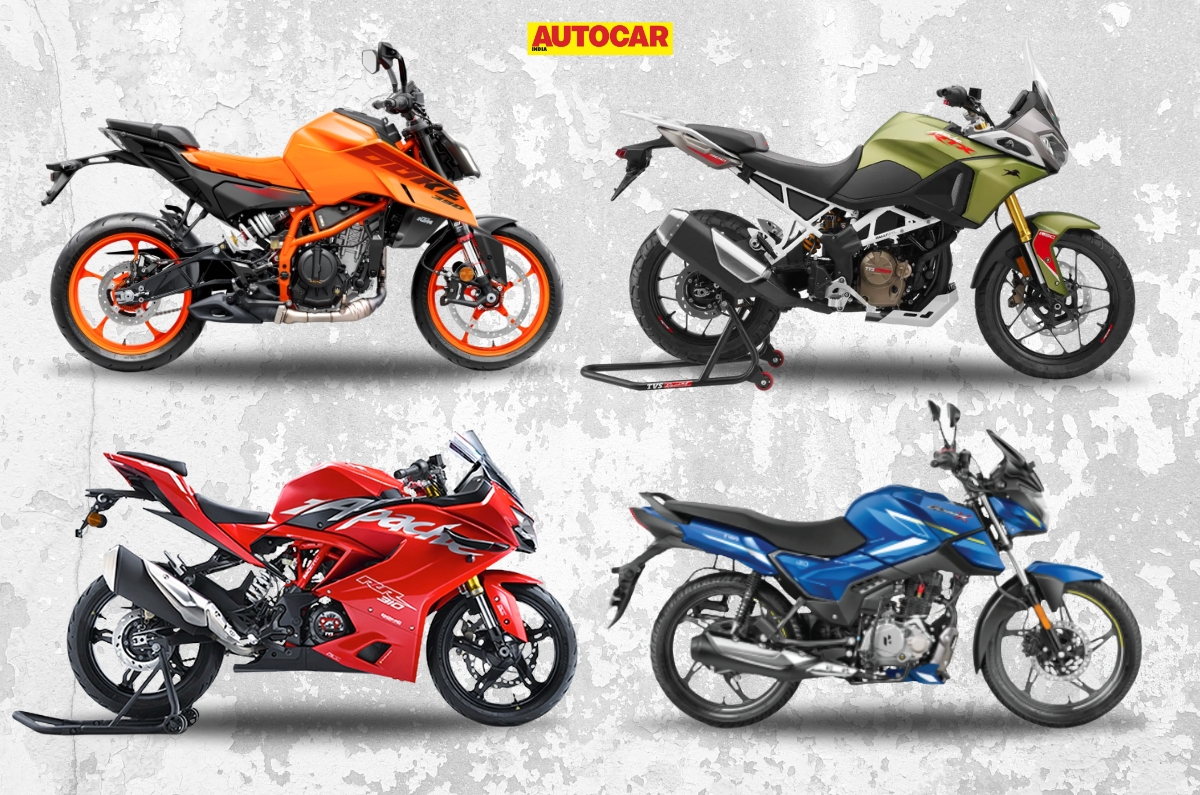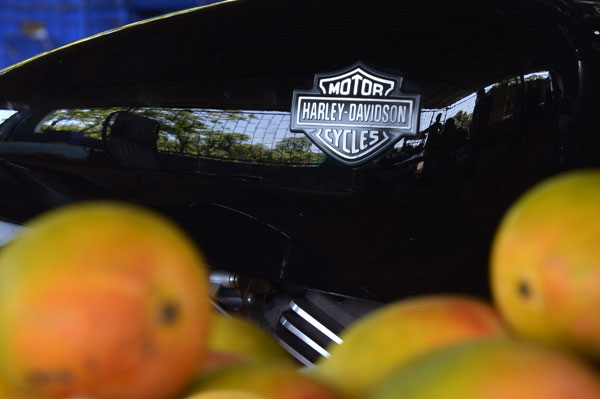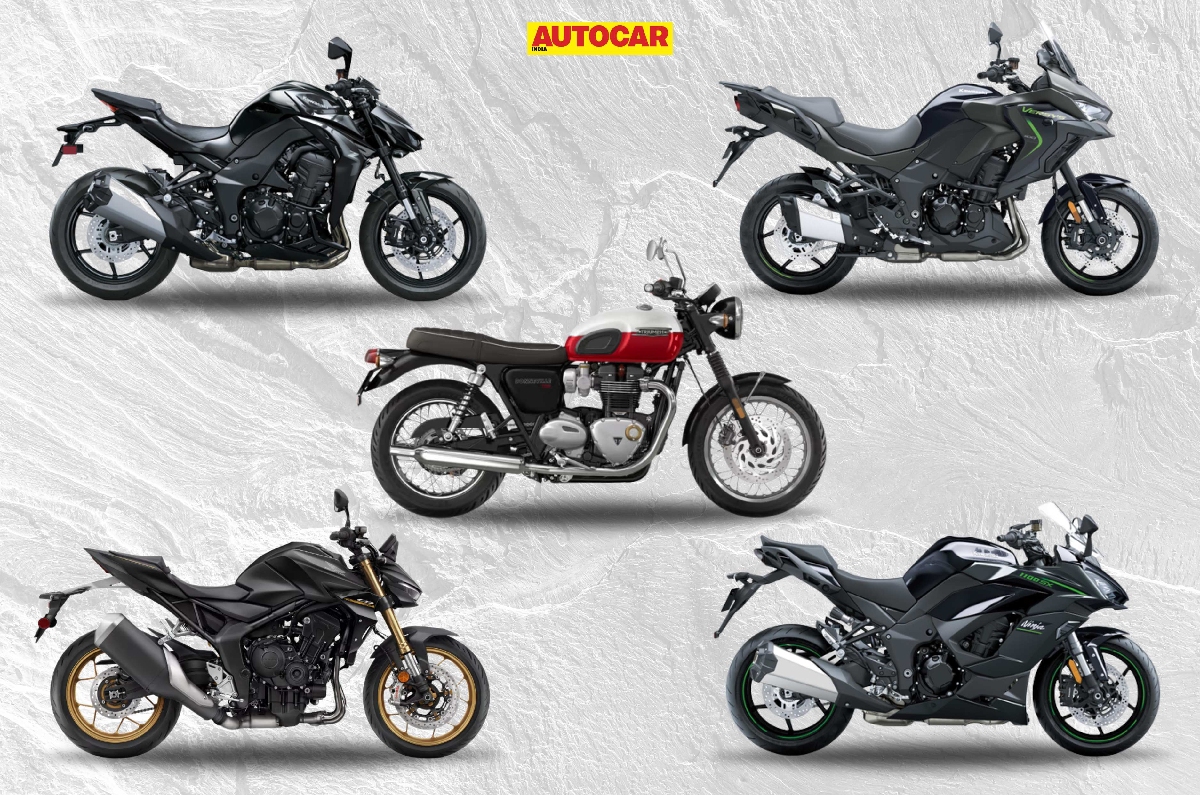My vision is blurry, my eyes burning from the sweat inside my helmet. With every braking zone, my arms beg for relief; at every corner, the cramps and pains in my thighs grow fiercer. My fatiguing mind coaxes my aching body, counting down the remaining laps. On each circuit of the Kari Motor Speedway, I look over my shoulder to catch a glimpse of my pursuer, just to make sure my hardship won’t be in vain.
After what seems like an eternity, my eyes finally catch the fabled chequered flag, giving my muscles the signal to relax. I’ve done it!
I’ve managed to finish in… 17th place. To top that, the rider I’ve just held off isn’t even a rightful competitor, but instead a much faster racer who crashed out of the leading places earlier on in the race, and managed to rejoin behind me.
.jpg?w=700&c=0)
REALITY CHECK
Less than a year ago, I’d managed to bag the top spot at the TVS Young Media Racer Program, but racing in the Royal Enfield Continental GT Cup was a whole different story, and a big, fat humility check. For one, the bike underneath me had grown to a 650cc parallel-twin that Royal Enfield is calling the Continental GT-R 650 – essentially a track-modified version of the similarly named road bike. But more significantly, I was no longer racing fellow journalists. Sure, there was one other media wildcard entry beside me, but the remaining 18 spots on the grid were populated by some of the very finest professional racers in the country, including many of national championship ilk, and even an actual national champion.
The action kicked off on Thursday with a pair of unofficial practice sessions that allowed me to get to grips with the machine. These were untimed sessions, which was just as well – it delayed the inferiority complex by about 24 hours. Slightly hesitant with the knowledge that these were road bikes modified to race, rather than machines conceived for competition, I hit the track gingerly. But even at my sedate pace (which I’m sure the true-blue racers found laughable), the first change made its presence felt.
The new Metzeler Racetec tyres (replacing the stock Pirelli Phantom Sportscomp) made a world of difference to the bike’s handling characteristics. While I would only explore their excellent grip levels later in the race weekend, what was immediately apparent was the much rounder profile that they featured, which made this race-spec GT a far more willing corner-carver than its roadgoing counterpart. Make no mistake, it was no super-precise, scalpel-like apex-hunter, but there was an intuitive correlation between counter-steering effort at the handlebars and lean angle, which isn’t necessarily the case with the standard motorcycle.
.jpg?w=700&c=0)
In retrospect, there were a couple of changes that made their presence felt even before I set off from pit-lane. Dropped clip-on handlebars and higher, more rear-set foot pegs on the race bike result in a fairly extreme and strenuous riding position, but there’s little room for comfort at the racetrack. What they did offer in barter was more weight over the front wheel, and increased cornering clearance. So much so, that the first parts to touch the tarmac when leaned over were not the foot pegs, but the bend pipes of the gorgeous new stainless steel exhaust system.
The benefits of the exhaust system are three-pronged. At just 5.5kg in total, it helps shave off a fairly massive 16.5kg over the standard exhaust system. Most of that skimming is because the catalytic converter and most of the muffling has been done away with, so the second benefit is sound. These race bikes have an absolutely delicious, barky exhaust note that perfectly matches the retro look, and hearing 20 of these fire away at the start line is probably as close as you can get to the sound of a World War 2 airfield in the 21st century. Before we forget that the exhaust system is to do with the engine, the final benefit is plain old power.
LEARNING CURVE
First practice lap completed, I barreled down the home straight – probably the only part of the racetrack where I looked anything like the pros, aerodynamically tucked in behind gorgeous Monza fairing with its rather distorted transparent screen. Dropping anchor hard for turn 1 for the first time proved that the stock brakes worked well enough, though I (and most others) would later experience some brake fade towards the fag end of my two 10-lap races. Getting on the gas hard out of the slow turn 4, the bike bared its near insatiable appetite for RPMs and gears. I found myself hitting the rev limiter far earlier than expected, and more often than I’d like; it kicks in quite early, by race bike standards, at just over 7,000rpm. And you encounter the occasional missed shift, too. But then again, the motor’s ample torque spread made it quite forgiving out on track, and pulled me out of corners hard enough, even when I wasn’t in the optimal gear.
RE is aiming to offer a true-blue retro racing experience whose old-school nature extends beneath the surface, too. So the early rev limiter, missed shifts, lack of ABS, and bulky kerb weight are all part and parcel of the game.
.jpg?w=700&c=0)
Overall, RE claims to have shaved off close to 25kg over the stock bike, but you’re still looking at a machine that hovers around the 190kg mark when ready to race. This posed some limitations once I started to get into the ballpark of the pro racers’ pace.
With all that heft and limited cornering clearance, flicking the bike quickly from side-to-side (which you’ve got to do twice a lap at Kari, if you want a respectable lap time) required some planning and effort, especially with my lanky build. Mid-corner line changes also weren’t the most effortless affair, meaning that I had to absolutely nail my turn-in points to ensure that I was on the correct racing line right from the start. Making things worse was the fact that this was my first outing on this new layout of the Kari Motor Speedway. The preload adjustors on the suspension at both ends seemed to beckon, but I felt comfortable enough on the base set-up, and knew full well that it was my own riding that needed far more tweaks than the fork and shocks.
A HELPING HAND
Lap by lap, I chipped away at it as best I could, using the practice sessions on Thursday and Friday to learn the bike and the track. But with qualifying fast approaching, and a couple of corners still unwilling to divulge their secrets to me, I feebly decided to try and follow some of the faster riders and observe their lines. Which worked great. For the three or four corners that I could keep them in sight.
.jpg?w=700&c=0)
At the end of it all, I finished both races (quite drained) in 17th place on a 20-rider grid, but more importantly, I managed to significantly cut the gap to the pro racers, and shave a considerable five seconds off my own lap time over the course of the weekend, all while enjoying myself thoroughly. And that is probably the greatest testimony to the Continental GT-R 650. Like many, I had my reservations about taking a 200+kg retro motorcycle on wire-spoke wheels and turning it into a track weapon. But Royal Enfield has served up a motorcycle that’s truly friendly and entertaining to ride at the racetrack, even if not a hardcore lap record smasher.
































